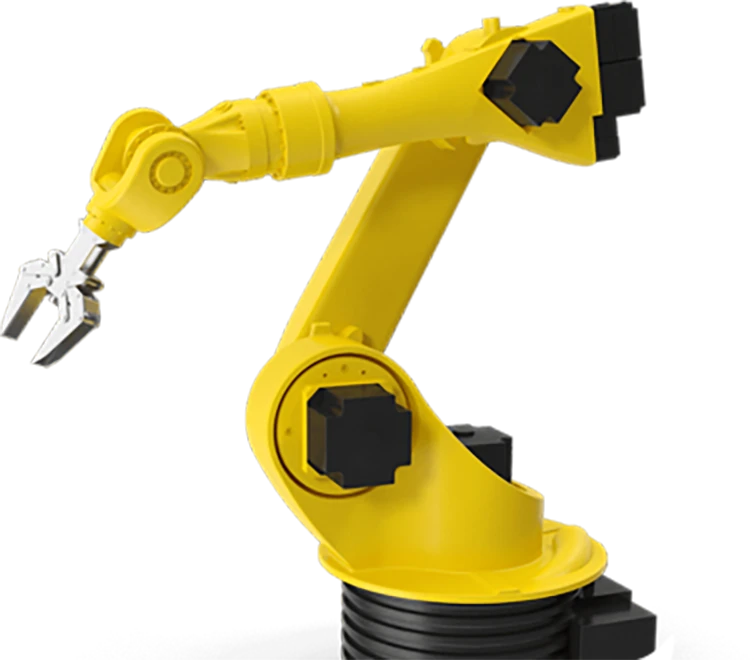The oil filter is crucial in the lubrication system of the automobile engine. It can filter impurities, debris, and dust in the oil to ensure the cleanliness of the oil, protect the engine parts, and extend their service life. Once the oil filter fails, the engine will be insufficiently lubricated and wear will increase, or even the cylinder will be scrapped. Here are four common tricks used by experienced drivers.
Tip 1: Keep the replacement cycle in mind
Best solution: The oil filter must be changed together with the engine oil!

Under normal circumstances, you can refer to the vehicle manual, and its replacement cycle is usually consistent with the engine oil. Mineral oil: every 5,000 kilometers/3 months Semi-synthetic oil: 7,500 kilometers/6 months Fully synthetic oil: every 10,000 kilometers or about 1 year
If the vehicle is in a dusty, high-temperature environment, or often drives short distances, the replacement cycle can be shortened to 3,000-5,000 kilometers, especially in spring sandstorm areas.
Tip 2: Be alert to fault alarms
Check the dashboard: If the oil light comes on, stop the car immediately

The oil light is on, indicating that the oil pressure is too low. In many cases, this is related to the oil filter, such as the filter element being clogged, causing poor oil circulation, or the bypass valve opening abnormally to release pressure. The engine shakes significantly when idling abnormally or there is a clicking sound when accelerating. This may be caused by the oil entering the engine containing more impurities, causing increased wear of the engine's internal parts. Weak acceleration and inexplicably increased fuel consumption. If the oil filter is clogged or poorly filtered, the amount of oil entering the engine will be reduced, which will affect the power output, resulting in weak acceleration and inexplicably increased fuel consumption.
The third trick: professional testing should be timely
If you are in doubt about the condition of the oil filter and cannot judge, you can send the car to a professional auto repair shop or 4S shop. The maintenance personnel will professionally test the filter element and give accurate suggestions based on the actual use and maintenance records of the vehicle.
Tip 4: Be careful in special scenarios
When driving on dusty roads or in extreme environments such as sandstorms or on construction sites, sand and dust particles can easily pass through an aged and damaged air filter and enter the combustion chamber, forming ash, or enter the crankcase and mix with the engine oil to form sludge, accelerating filter clogging.
Driving through water
If the wading depth exceeds the oil filter installation position (usually at the bottom of the engine), a small amount of water may seep into the oil, but this is rare. The oil water ingress is mostly caused by internal faults such as cylinder gasket damage and coolant leakage.
Engine overhaul or running-in period A new engine or an overhauled engine will produce a lot of metal debris during the running-in period, and the filter needs to be replaced in advance.




